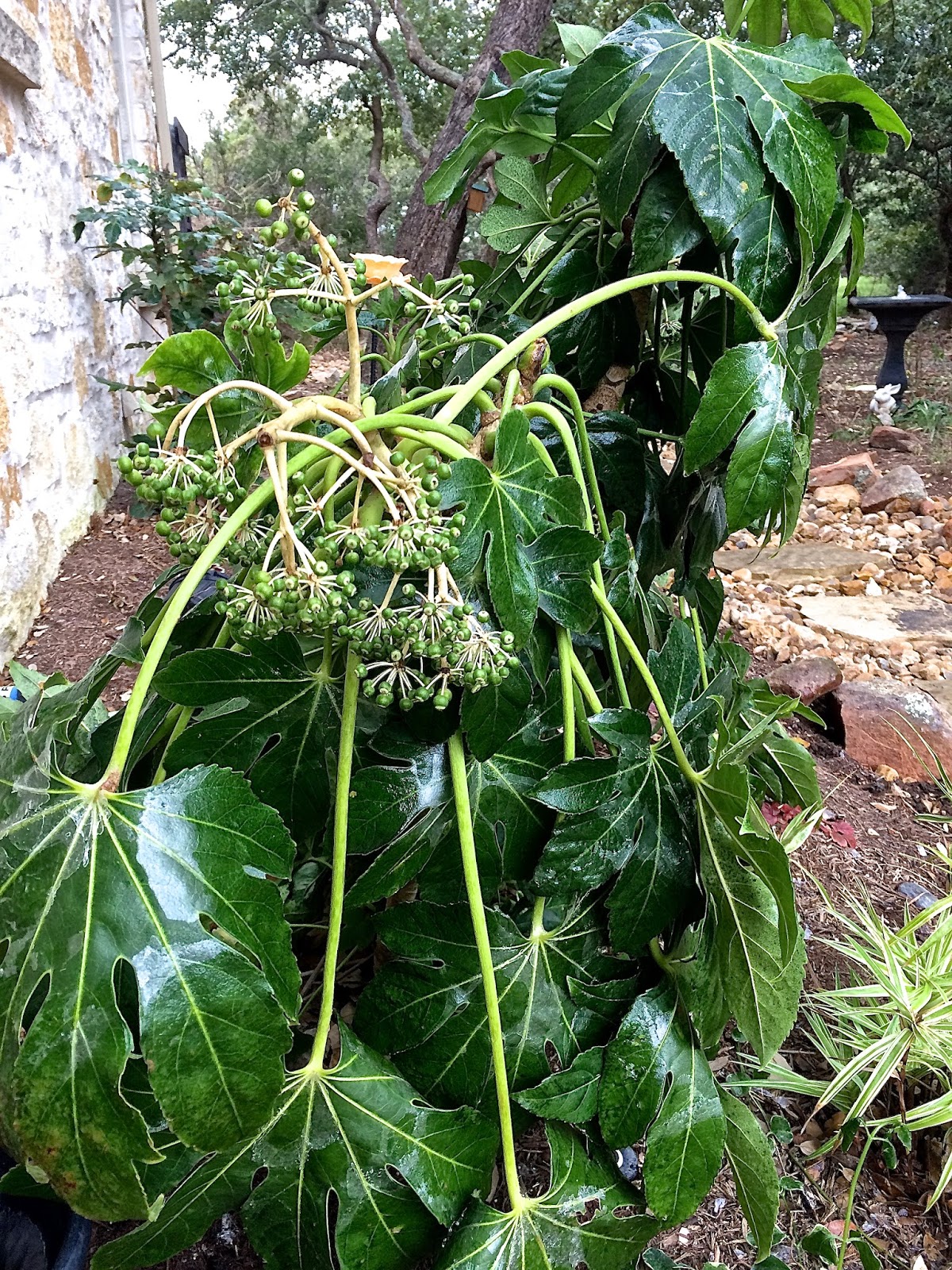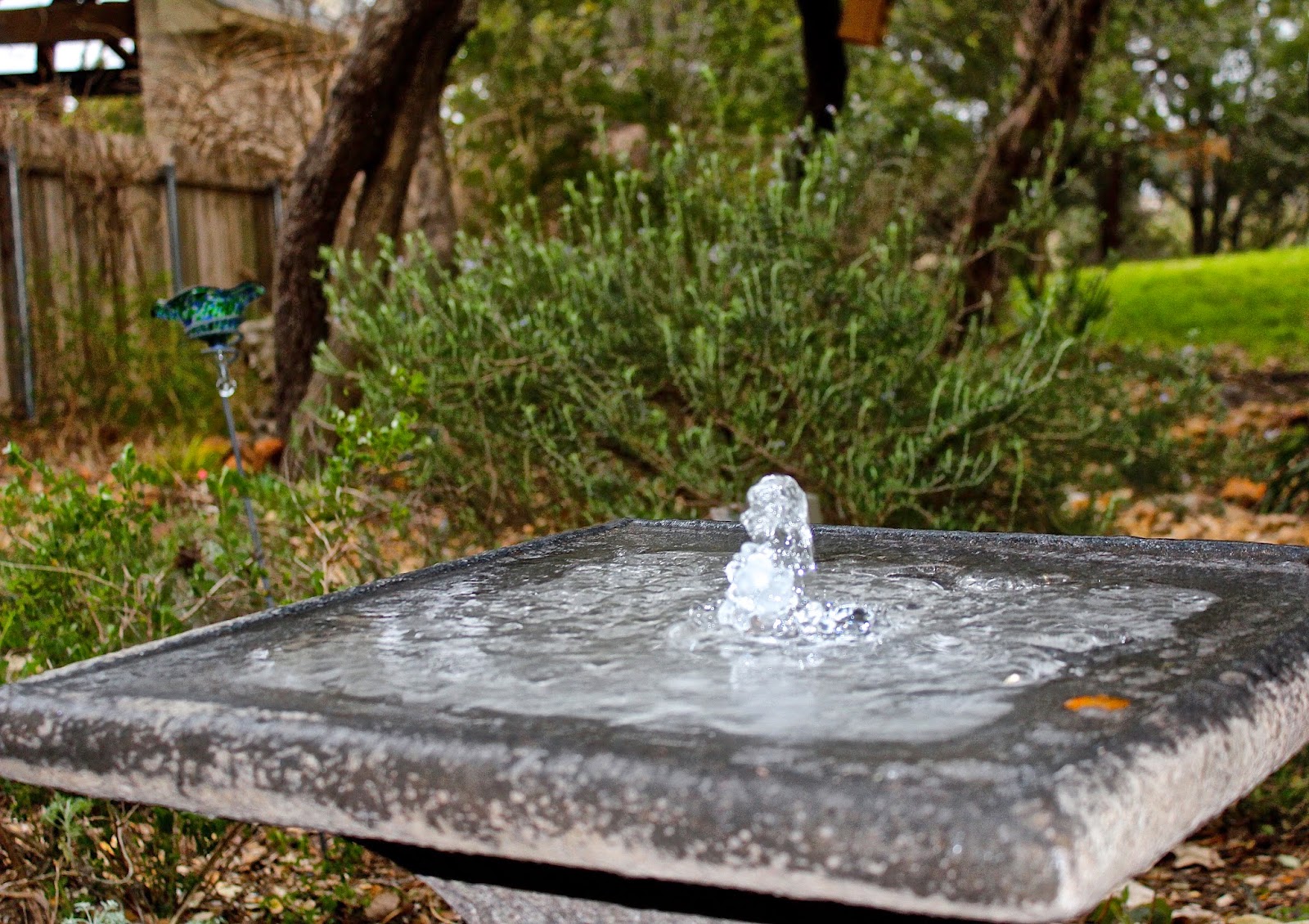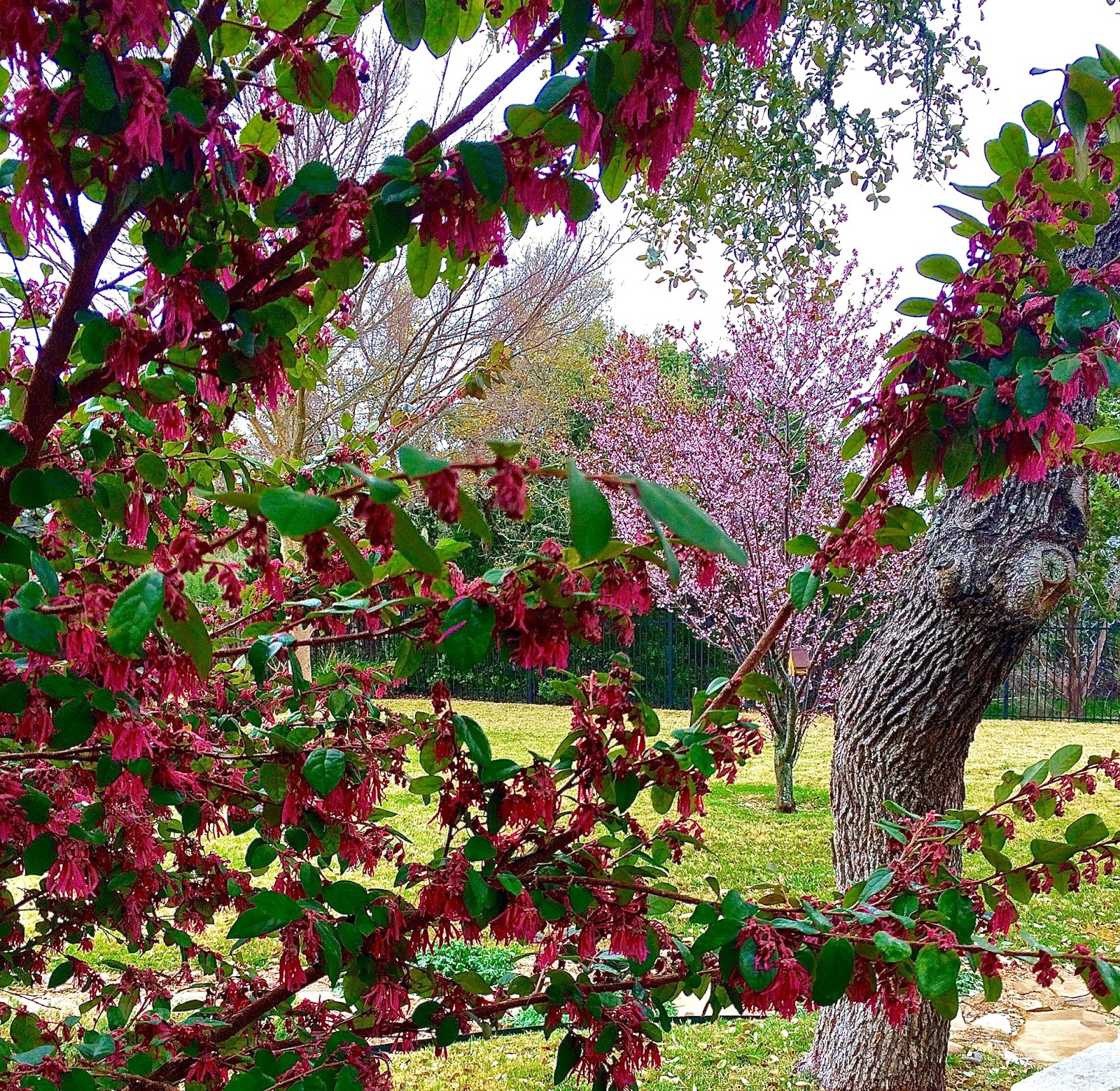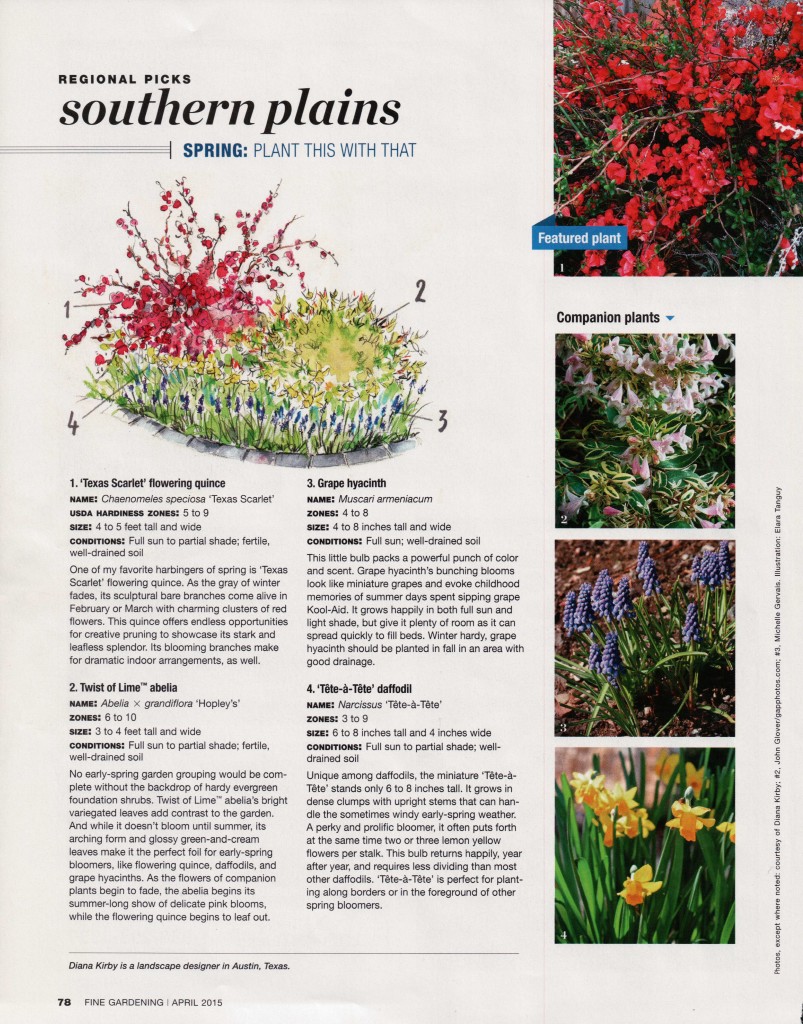Winter warm up — hot colors in the garden…
Even here in Central Texas, our winter’s freezing temps and cold, damp, grey skies are hanging on. I’m done with it. And I know my gardening friends to the north are exasperated by the volume of snow that continues to plague them.
At the Garden Bloggers Fling in Portland last spring, I was struck by the overwhelming use of color in the gardens there. Plants, pots, furniture, you name it, vivid colors perked up each and every garden. With a climate filled with its share of grey days, these pops of color their gardens not only brightened up the space, they brightened my mood.
As I’m sure they were consciously or subconsciously intended to do.
So for everyone who is exasperated by the lingering blanket of winter that covers our souls and our gardens this year, here are some of my favorite photos of tropical style gardens, plants and decor.
A little garden statuary can help to enhance your garden style.
Even if you’re in a drought, a pretty rain chain can make it seem like you might be having a late afternoon tropical shower.
With only a few exotic-looking plants and the right leaf shapes, textures or forms, you can create your own resort-like retreat in your back yard.
Hot, contrasting colors embody the tropical style.
Bananas, crotons and coleus are true tropical plants.
Even if your design doesn’t include many tropical plants, you can add some pops of color with garden art and decor.
While most coleus are shade plants, there are new sun-loving varieties that you can use in sunny spots.
Texture, second only to color, typifies traditional plants of the tropics. Big, bold foliage with exotic patterns and texture abound in this section of the world.
Elephant ears can set the mood in your island oasis.
Giant planters filled with eye-popping color can seem tropical, even if the plants in it aren’t.
Tropical style is all about big, bold design that packs a punch. Simply looking at these hot colors warms me up and gives me the itch to garden.







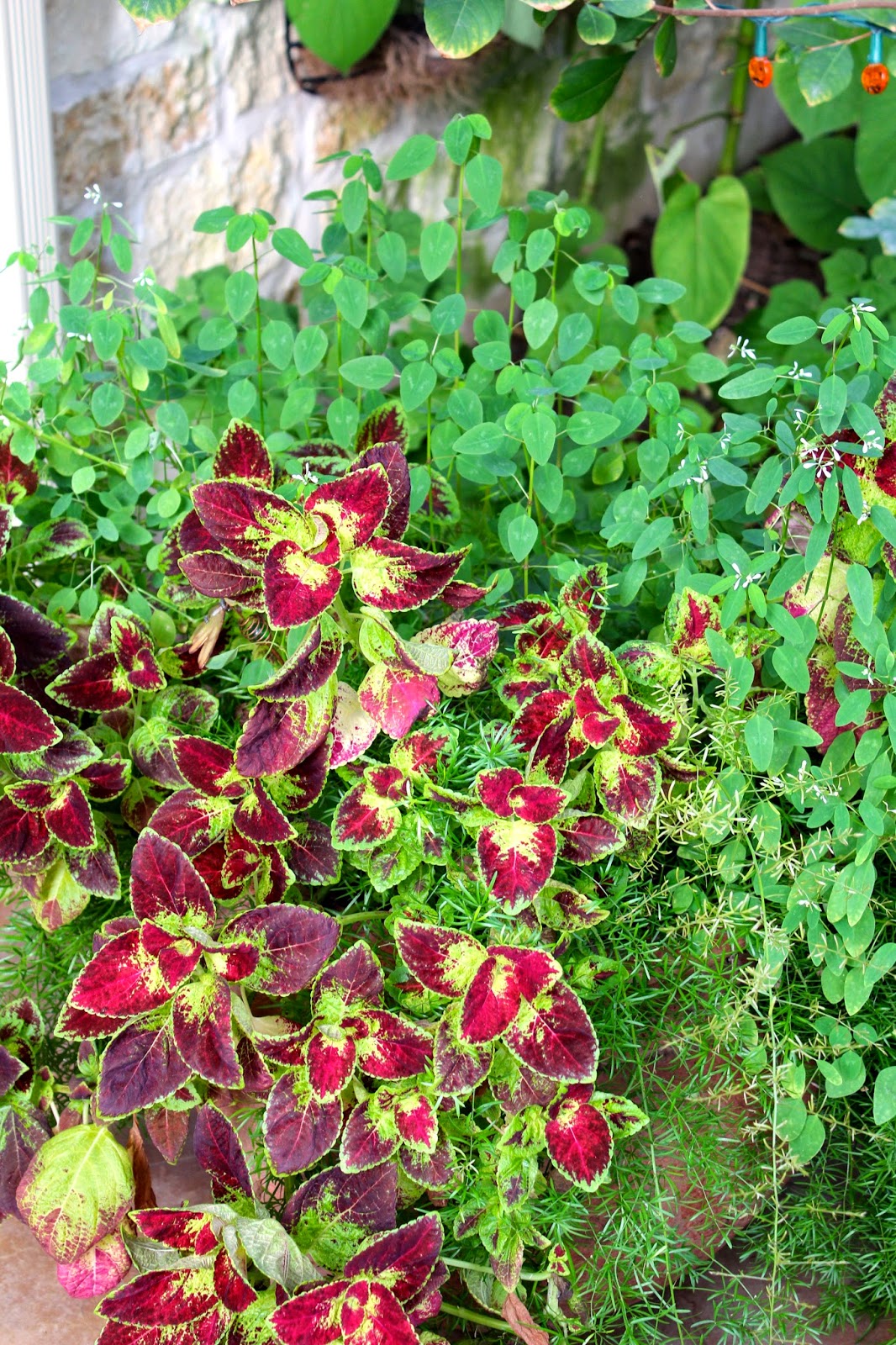
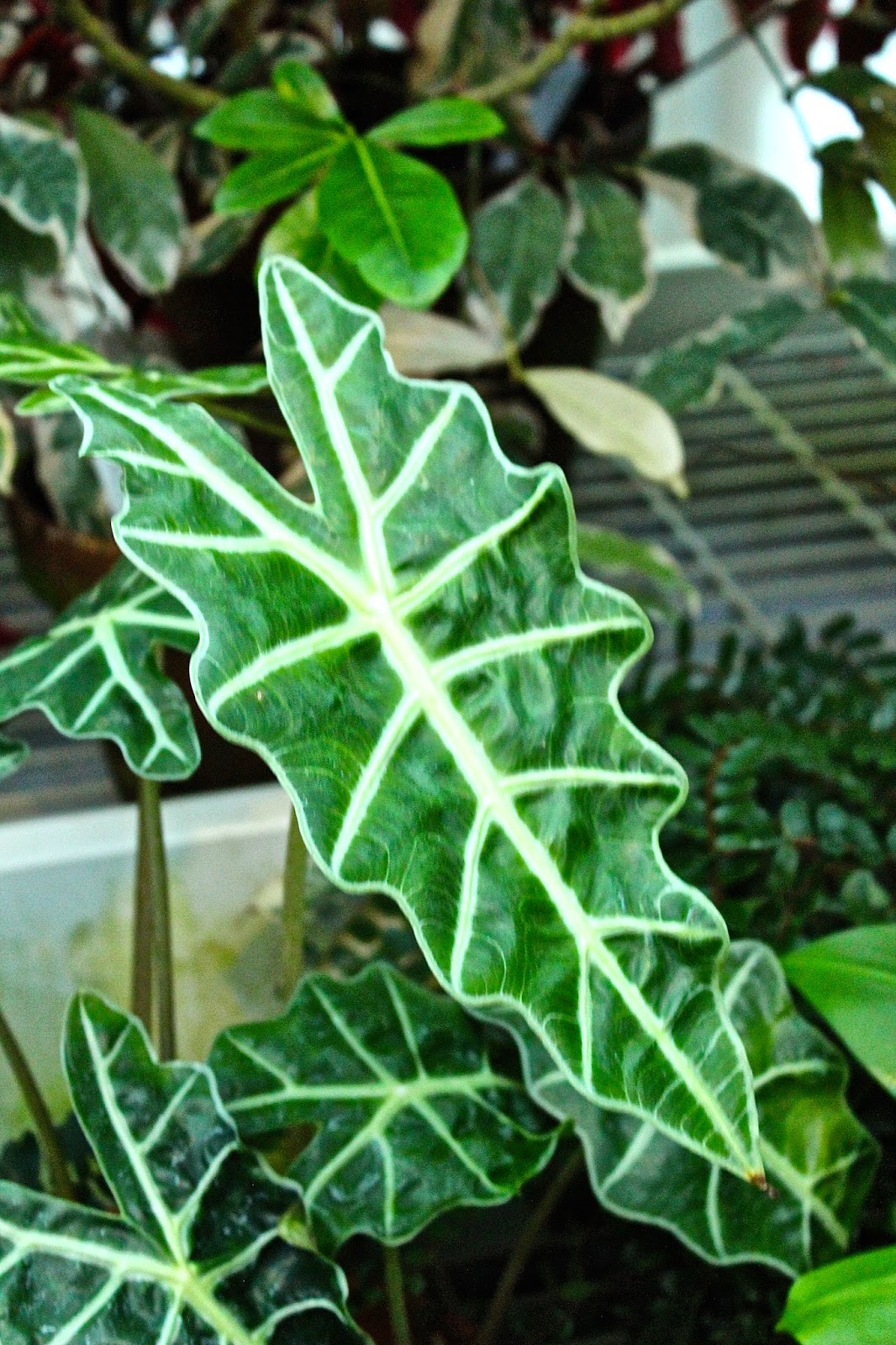

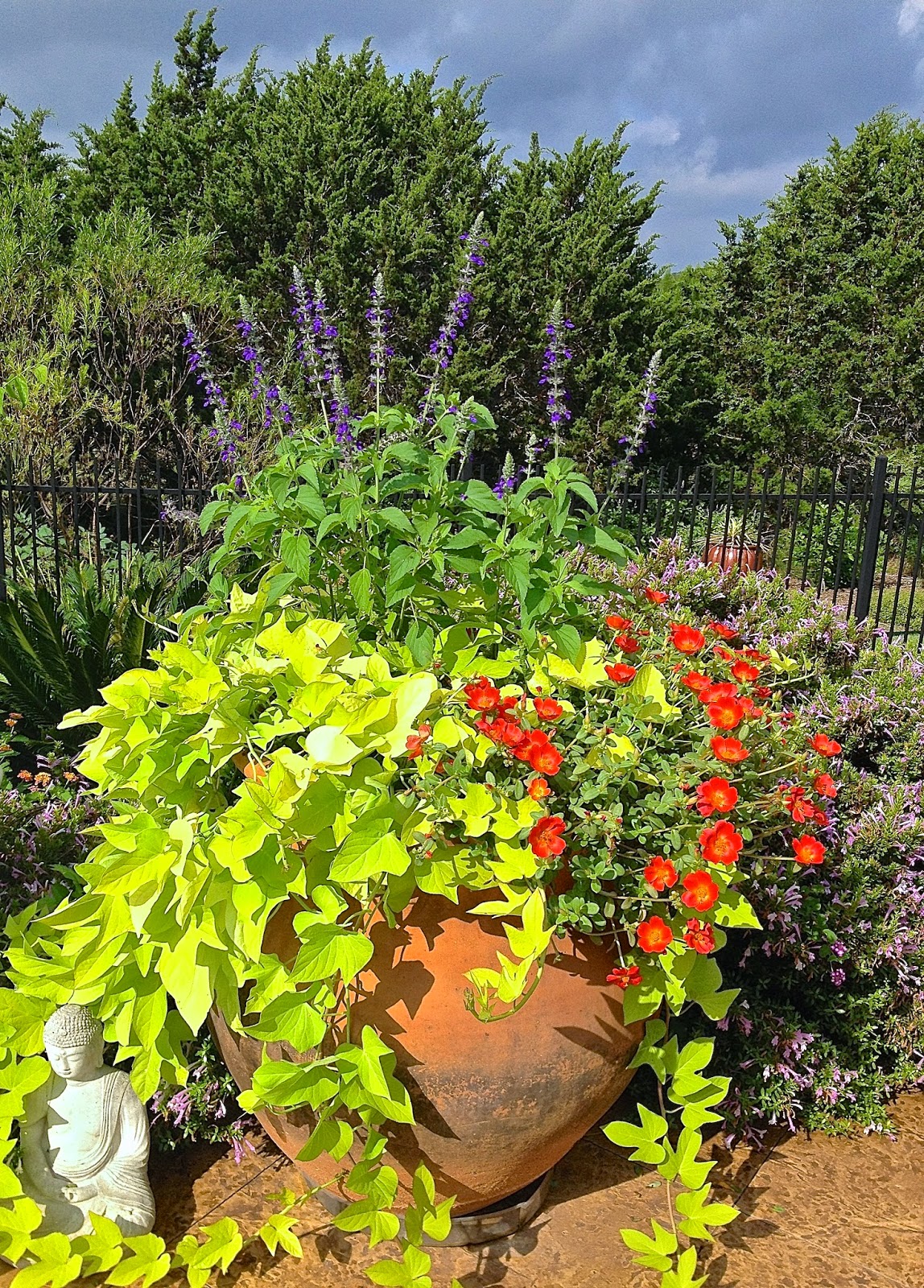
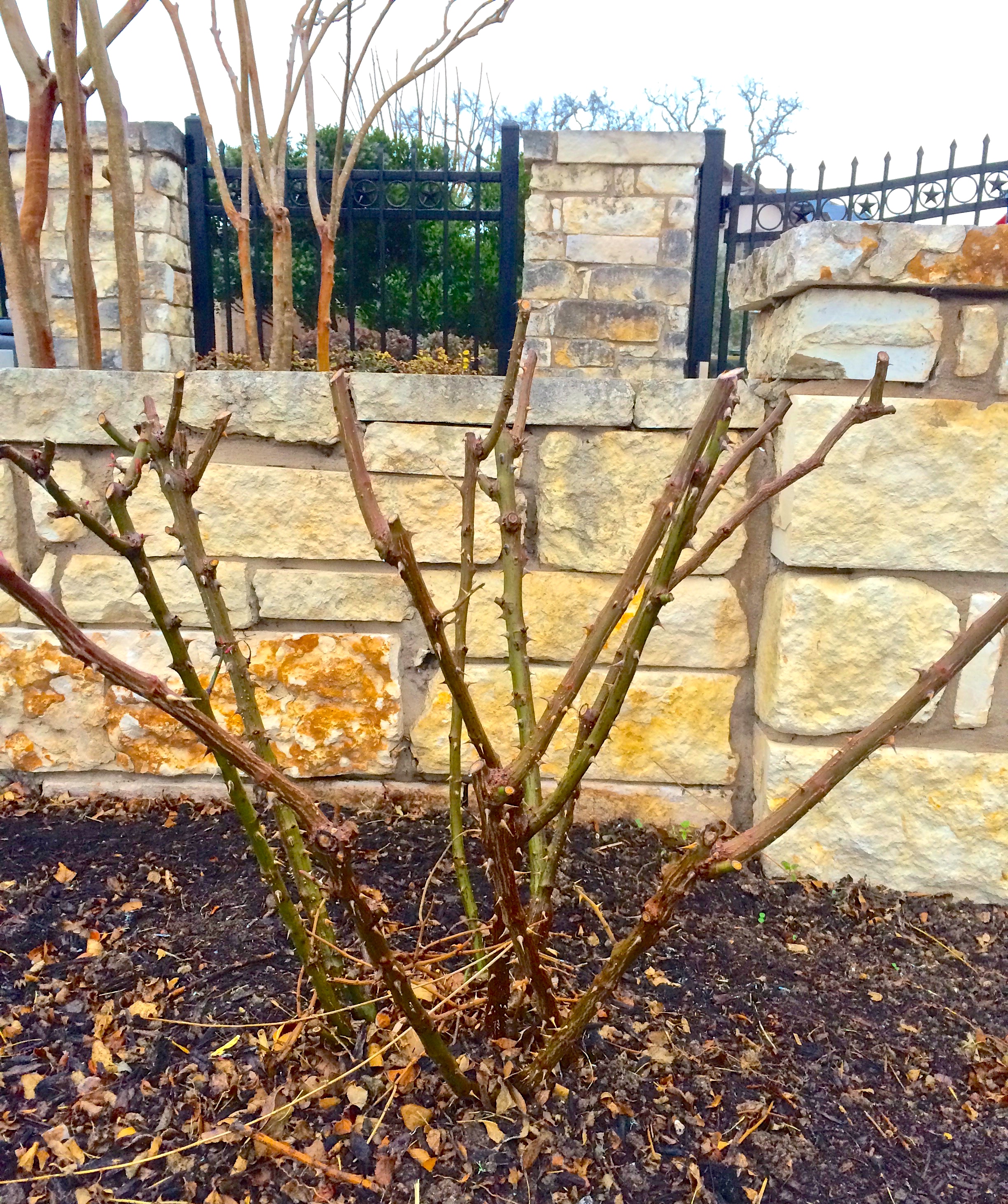 Just as most plants in the garden are starting to shoot up, it’s time to whack back your roses. Oh no, you say, I couldn’t possibly do that. But if you want healthier plants and more prolific blooms, take your shears in hand.
Just as most plants in the garden are starting to shoot up, it’s time to whack back your roses. Oh no, you say, I couldn’t possibly do that. But if you want healthier plants and more prolific blooms, take your shears in hand.
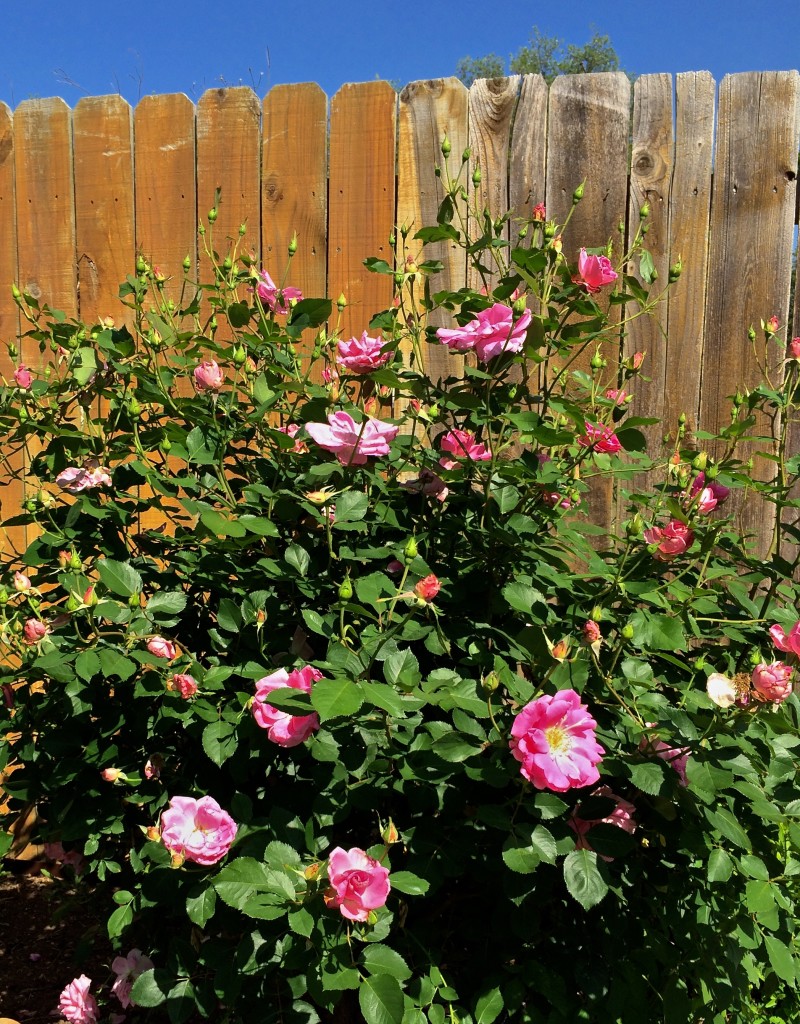 Just as most plants in the garden are starting to shoot up, it’s time to whack back your roses. Oh no, you say, I couldn’t possibly do that. But if you want healthier plants and more prolific blooms, take your shears in hand.
Just as most plants in the garden are starting to shoot up, it’s time to whack back your roses. Oh no, you say, I couldn’t possibly do that. But if you want healthier plants and more prolific blooms, take your shears in hand.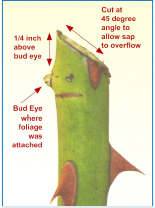 If you have climbers or one-time bloomers, wait until after they have finished their spring blooming because they bear flowers on last year’s wood. For continuous bloomers, a thorough spring pruning in Central Texas is usually done between the middle of February and the first week in March. Don’t worry if your rose has already sprouted growth, it’s still important to prune them now – they will reward you if you do. The ever-blooming varieties will then put on a show all summer because they bloom on new growth, which is prompted by pruning.
If you have climbers or one-time bloomers, wait until after they have finished their spring blooming because they bear flowers on last year’s wood. For continuous bloomers, a thorough spring pruning in Central Texas is usually done between the middle of February and the first week in March. Don’t worry if your rose has already sprouted growth, it’s still important to prune them now – they will reward you if you do. The ever-blooming varieties will then put on a show all summer because they bloom on new growth, which is prompted by pruning.